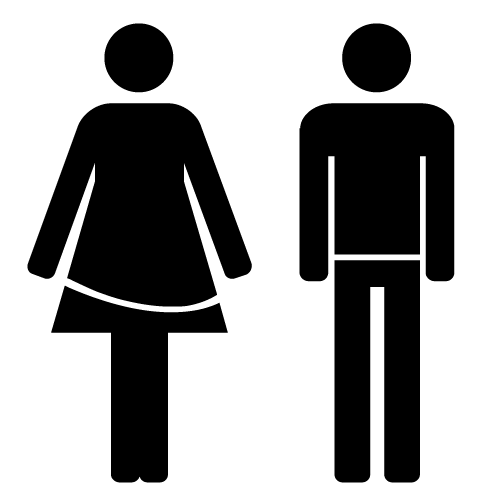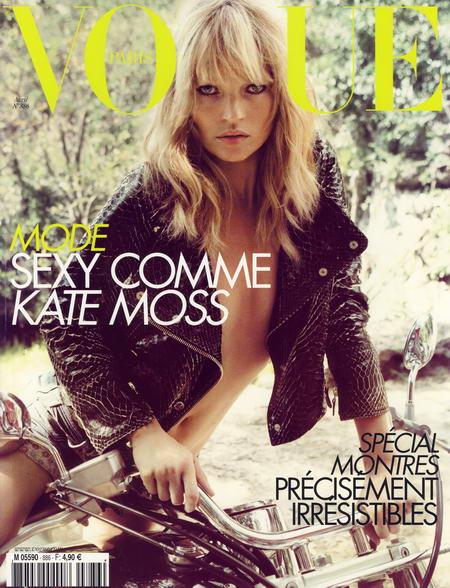- At the centre of how we identify out identity is our sexuality and gender.
The differing images of men and women in the media impacts how we view our own identities. - Although the internet 1990s as a use for sharing stories, it really took off in 2003 with the invention of social networking sites.
- Studies have shown that young people spend more time on computers and the internet then they do watching traditional media forms such as television.
- Because of the mass of media advertising i.e. billboards, magazines and the internet, it is inevitable that we are influenced by the media that surrounds us. We may judge our appearance by what we see on adverts and in magazines.
- We are beginning to reject traditional ideas of the roles of men and women, with only one in six women and one in five men believing that women should be at home and the men in the workplace.
- Pictures of Bert from Sesame Street and Bin Laden ‘crisscrossed’ the world through media, despite starting from high school student, Dino Ignacio’s, bedroom. The site was closed when Ignacio decided that it was no longer “contained and distanced from big media”. Convergence3 media however is when “old and new media collide, where grassroots and corporate media intersect, where the power of the media producer and the power of the media consumer interact in unpredictable ways”.
- In the world of media convergence, every important story gets told, every brand gets sold and every consumer gets courted across multiple media platforms.
- Convergence represents a cultural shift as consumers are encouraged to seek out new information and make connections among dispersed media content.
- More information is given on any given topic than anyone can store in their head, there is an added incentive for us talk amongst ourselves about the media we consume. Consumption has become a collective process.
- At the moment we only use our collective power in our recreational life, but soon we will be deploying those skills for more ‘serious’ purposes.
- EDGE-enabled mobile phones with live video streaming facility enabled people to watch movies through their mobile phones.
- Nobody needs them so the issue is how companies make us want them. They had the technology to bring about convergence but hadn’t figured out why anyone would want it.
- ‘Passive old media’ and ‘interactive new media’.
- Have to find the right balance between moving too quickly and moving too slowly.
- New media technologies allows the same content to flow through a number of different channels and assume many different forms at the point of reception.
- New patterns of cross-media ownership make it more desirable for companies to distribute content across those various channels.
- Old media wont die or even fade away but it will be the tools we use to access it that will change. Print did not kill the spoken word, cinema did not kill theatre and television did not kill the radio. Each old media is just forced to co-exist with the emerging media.
- Sooner or later all media content is going to flow through a single black box into our living rooms, media companies just need to figure out which box will be supreme.
- Escalation of functions within in one media appliance I.e. mobile phones.
- Convergence is a process not an end point. There will be no single black box controlling the flow of media into our houses.
- Convergence impacts the way we consume media. It involves a way in which media is consumed and produced.
- Convergence also occurs when people take media into their own hands, I.e. making videos at home.
- Convergence is both a top-down corporate-driven process and a bottom-up consumer-driven process.
- If old consumers were assumed to be passive, predictable, isolated and invisible then new consumers are active, drifting, socially connected and noisy.







